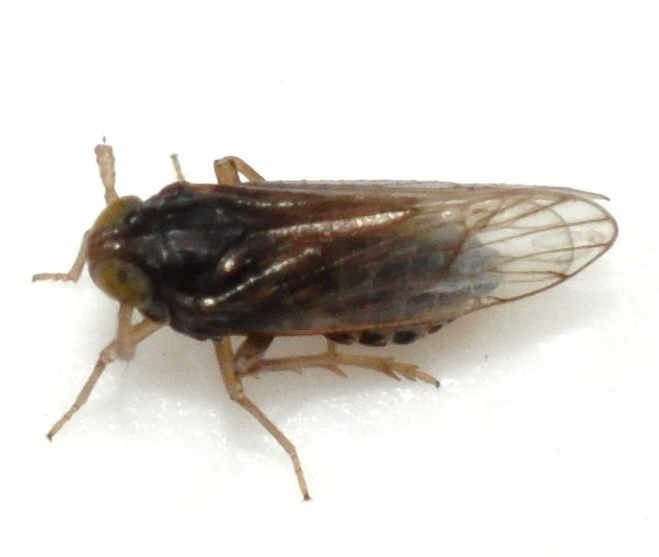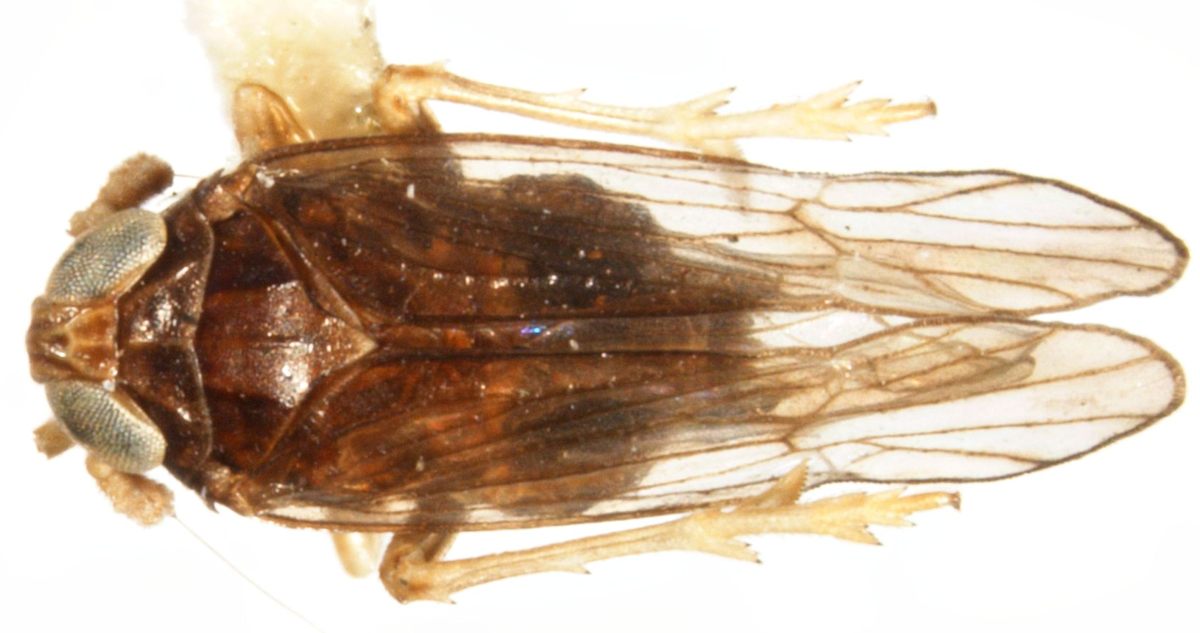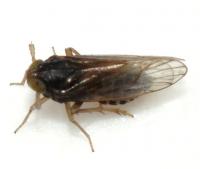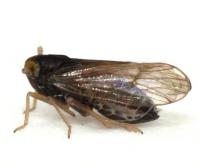| Family (Alpha): | |||
« |
 » » |
| DELPHACIDAE Members: | NC Records | |||||
|---|---|---|---|---|---|---|
Falcotoya sagae - No Common Name | ||||||
 © Kyle Kittelberger- side view; female |  © Kyle Kittelberger- top view; female |  © Charles Bartlett- male; note pale first antennal segment |  © Charles Bartlett- male |

